From 1999 to 2007, The Sopranos was unquestionably my favorite TV series. This HBO Sunday night fixture became a cherished ritual, with friends and I gathering around the television, plates of pasta and fried calamari in hand. Beyond its impressive six-season, 86-episode run, what resonated most was the show’s stark realism. Watching La Cosa Nostra unfold on screen was captivating, but witnessing similar operations in real life across Northern New Jersey made it even more surreal.
The Sopranos revealed a compelling truth: those involved in organized crime could be anyone—your relative, neighbor, or even the father of your child’s significant other. More critically, the series demonstrated how organized crime figures, while undoubtedly linked to violence, were primarily driven by the relentless pursuit of profit, exploiting every opportunity for personal gain, from providing a vice to taking advantage of poor government policy decisions.
In Season 2, Episode 11, Tony Soprano exemplified this by taking advantage of the government’s lax oversight and weak enforcement of environmental regulations. Tony’s waste management business served as a front for illegal activities, including the dumping of toxic waste. By exploiting regulatory loopholes and insufficient enforcement, Tony and his crew profited significantly, turning policy failures into lucrative ventures for organized crime.
Though fictional, The Sopranos masterfully depicted how organized crime thrives on poorly crafted or poorly enforced government policies. Having experienced the realities of this world, it became clear that policy gaps can be the driving force behind the expansion and persistence of organized crime.
Let’s shift our focus from fiction to a pressing issue that warrants more attention - the subtle yet pervasive growth of organized crime. Ever wondered how well-intentioned policies can sometimes lead to unexpected consequences? Stay with me. It’s vital to understand how criminal organizations have been, are currently, and will continue to exploit regulatory gaps and leverage emerging technologies, both now and in the future.
The Volstead Act: The Noble Experiment
The Volstead Act, which kicked off Prohibition in the U.S. from 1920 to 1933, is the classic example of a well-meaning policy gone wrong. It was supposed to curb alcohol consumption and boost public morals, but it ended up doing the opposite by giving organized crime a huge boost. With alcohol banned, bootlegging became a goldmine. Gangs like Al Capone’s crew in Chicago made a fortune smuggling booze and running speakeasies.
Instead of cutting down on crime, Prohibition sparked a wave of violence, as rival gangs fought over control of the lucrative black market. Corruption was everywhere, with police and politicians often on the take to turn a blind eye. The whole thing was such a mess that it proved just how hard it is to enforce moral behavior with laws. By the time it was repealed in 1933, the Volstead Act had left a legacy of empowered criminal networks and a clear lesson on the unintended consequences of government overreach.
National Firearms Act – The Gangland Weapons of the Prohibition Era
The National Firearms Act was originally enacted in 1934. It was intended to curtail the proliferation of certain firearms deemed especially dangerous, such as machine guns and short-barreled rifles, by imposing strict registration and taxation requirements. Congress found those firearms to pose a significant crime problem because of their frequent use in crime, particularly the gangland crimes of that era such as the St. Valentine’s Day Massacre. Firearms subject to the 1934 Act included: shotguns and rifles having barrels less than 18 inches in length, certain firearms described as “any other weapons,” machineguns, and firearm mufflers and silencers.[1]
The $200 tax - considered a significant amount during the Great Depression - effectively limited access for law-abiding citizens while doing little to deter criminals who typically ignored the law. Additionally, enforcement was hampered by a lack of awareness and understanding among the public and law enforcement. (Note: Title II of the Gun Control Act of 1968 amended the NFA to cure a constitutional flaw related to registration disclosures, raised in Haynes v. U.S., 390 U.S. 85 (1968).)
At that time, these nuances inadvertently benefited organized crime by creating regulatory gaps and enforcement challenges that criminals could exploit. The high cost of compliance and complex registration requirements deterred law-abiding citizens and less sophisticated criminals, while organized crime groups, already accustomed to operating outside the law, ignored the regulations.
Ghost Guns: A New Weapon for Organized Crime
Today, a new challenge has emerged, exploited by organized crime not because of a specific government policy, but rather owing to the lack of one. Privately Made Firearms (PMFs), or “ghost guns,” have gained attention with the rise of 3D printing technology. With the right setup, anyone can produce a firearm at home. These guns are untraceable since they don’t have serial numbers.
In the U.S., while it’s legal to make a firearm for personal use, selling or transferring PMFs is prohibited by anyone without being properly licensed. The bigger concern is that certain PMFs known as machine gun conversion devices (MCDs) can circumvent current firearms laws. MCDs that turn autoloading pistols into machine guns are particularly dangerous as they have a high cyclic rate of fire making them hard to control while sending many bullets to unintended places, striking unintended targets, often innocent bystanders.
Traditionally, law enforcement expected crime guns to enter the black market in two ways: stolen from legal gun owners or trafficked across a state or nation’s borders. Both methods involved a supply chain, albeit an illegal one, offering law enforcement opportunities to intercept and disrupt the flow of these weapons.
However, the game has changed with PMFs. With this advent of unregulated 3D printing and easy-to-assemble polymer kits, the traditional supply chain has been bypassed. This shift presents a significant challenge for law enforcement, requiring new strategies to tackle a more complex and decentralized threat.
As Frank Grosspietch, former Royal Canadian Mounted Police and current firearms technical advisor, often points out, it’s not a matter of if your jurisdiction will recover a PMF - it’s when. A recent ATF study cited by Reuters revealed a staggering 1,600% increase in PMF’s recovered at crime scenes from 2017 to 2023.[2]Annual recoveries jumped from 1,629 in 2017 to 27,490 in 2023, with a total of 92,702 ghost guns recovered during this period. Notably, around 1,700 were linked to homicides, and 4,000 to other violent crimes.
This alarming trend highlights the growing threat PMFs pose to public safety and the increased challenges they present to law enforcement. No longer do traffickers need to smuggle firearms across borders; now, all they need is a printer.
The Illegal Vape Trade: A New Frontier for Crime
Let’s turn our attention to something seemingly unrelated: vapes. More specifically, the alarming growth of the illegal vape trade and its connection to organized crime, particularly Chinese syndicates. It’s a stark reminder of how quickly vapes transitioned from novelty items to widespread products, exploited by criminal networks to create a lucrative black market. The involvement of powerful entities, likened to the “Tony Sopranos” of the underground economy, underscore the complexities and danger of this issue.
The financial impact is staggering, with estimates of Chinese groups earning up to $300 billion annually, as highlighted by Richard Marianos, a former ATF Assistant Director, in a recent media interview.[3] This illicit trade not only evades local taxation but also poses public health and safety risks.
An October 2024 seizure by the US Food & Drug Administration and Customs & Border Protection of unauthorized e-cigarette products originating from China worth $76 million is a clear indicator of the scale of this problem.[4]
Moreover, the link between this trade and violence is exemplified by the tragic incident in Southern California, where a dispute over illegal vape sales resulted in the fatal shooting of two young men.[5] Such events highlight the urgent need for tighter regulations and law enforcement efforts to address this burgeoning menace, which, despite its origins abroad, has serious domestic ramifications.
Without stricter regulatory frameworks, the responsibility of combating this issue may increasingly fall on local law enforcement agencies, turning the fight against illegal vapes into a broader battle against organized crime with roots as far-reaching as Beijing.
Nicotine Bans: Unintended Consequences
Lastly, let’s delve into the potential implications of proposed nicotine bans. On the surface, banning or limiting nicotine may seems like a good idea for public health, right? But here is the ironic “Soprano twist:” things can get a bit more complicated. Such bans could unintentionally boost the black market by driving people toward illegal products. And, as we know, organized crime syndicates are always on the hunt for new revenue streams, and a nicotine ban could be their next golden ticket.
Cigarette smuggling is nothing new. For years, stark differences in cigarette taxes between neighboring states or countries have created prime conditions for smuggling. High taxes in one area push consumers to find cheaper options in low-tax regions, fueling illicit trade. So, it stands to reason that restricting nicotine would likely spike demand, setting the stage for trafficking groups to capitalize on the opportunity for quick, easy money.
Organized crime networks thrive in these kinds of situations - they are adept at navigating legal loopholes and exploiting enforcement gaps. Unfortunately, state and local law enforcement might not be as prepared.
The takeaway? While nicotine bans are aimed at improving public health, they could inadvertently open a new front in the battle against organized crime. Policymakers need to consider the full spectrum of potential outcomes and ensure law enforcement agencies are equipped with the resources and strategies necessary to tackle the challenges that could arise. Without a comprehensive approach, this well-intentioned policy could have some unintended, and decidedly criminal, side effects.
Moving Forward
Speaking of La Cosa Nostra, it wasn’t too long ago that John Gotti, the real-life Tony Soprano, famously said, “Someday, you’re going to miss me.” He reportedly made this remark to investigators, expressing his belief that once his reign over the criminal underworld came to an end, people would look back and “miss” his leadership, influence, and control over organized crime.
While “missing Gotti” might be a bit of a stretch, what we likely miss is the time when the hierarchical structure of organized crime mirrored that of our own law enforcement agencies (making them easier to target), which were well-versed in disrupting, investigating, and interdicting these criminal operations.
Fast forward to today, and the landscape has shifted. The decentralization of organized crime, driven by advances in technology and fueled by gaps in policy has significantly increased public safety risks.
So, what’s next?
It is critical that law enforcement collectively focus on actionable strategies to improve cross jurisdictional collaboration among law enforcement agencies and enhance information-sharing. We also need to collectively recommend ways for policymakers to close regulatory gaps that leave room for exploitation.
In the end, it will all come down to staying informed and prepared. By understanding how policy decisions can be leveraged by criminal groups, law enforcement, policymakers, and technologists can make smarter choices and develop more effective tools to protect our communities. This proactive approach helps keep organized crime in check - and ensures we steer clear of something like “The Sopranos” ever making a real comeback.
[1] https://www.atf.gov/firearms/docs/undefined/atf-national-firearms-act-handbook-introduction/download
[2] https://www.reuters.com/world/us/number-ghost-guns-recovered-crime-scenes-has-surged-since-2017-study-shows-2025-01-08
[3] https://fox11online.com/news/nation-world/law-enforcement-experts-sound-alarm-over-illegal-chinese-vapes-flooding-us-schools-vaping-e-cigarette-tobacco-smoking-atf-fda-crisis-in-the-classroom-china-ccp-food-and-drug-administration-us-bureau-of-alcohol-tobacco-firearms?
[4] https://www.fda.gov/news-events/press-announcements/76-million-illegal-e-cigarettes-seized-joint-federal-operation
[5] https://apnews.com/article/crime-california-vaping-a66ee5005a91d5586d018c498e8fc2b9







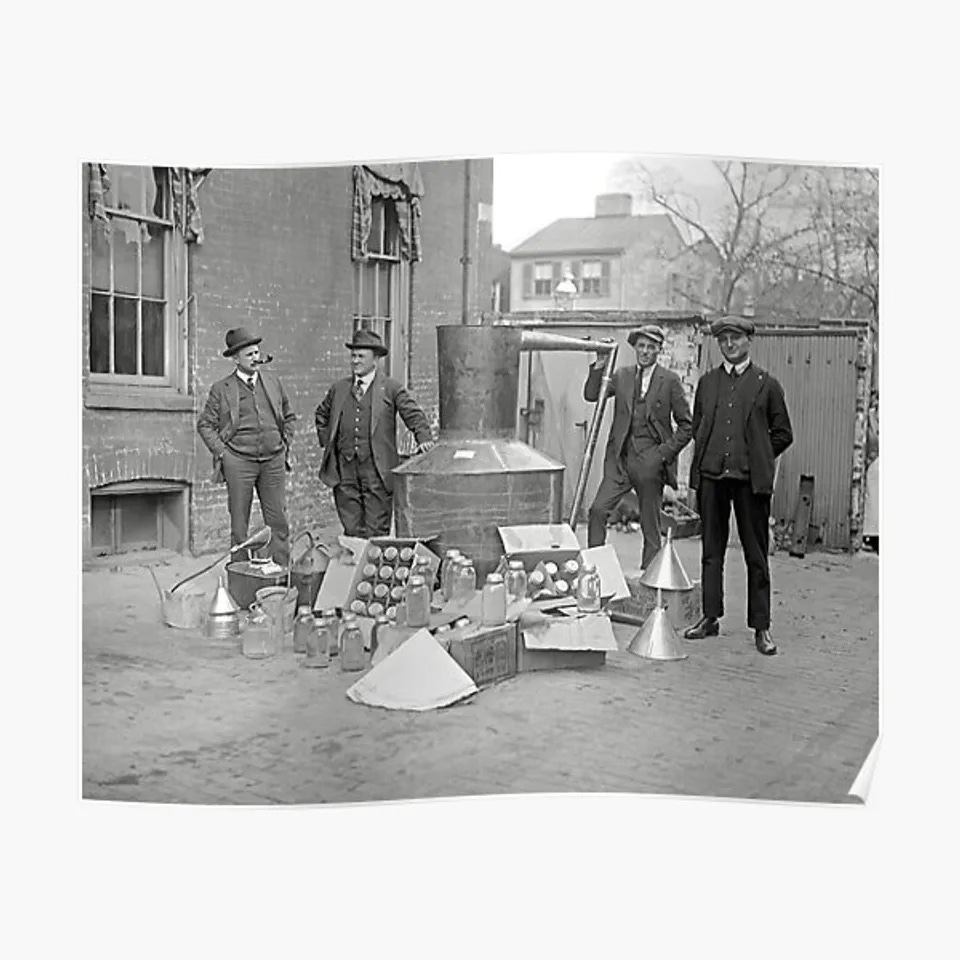
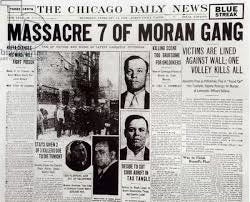

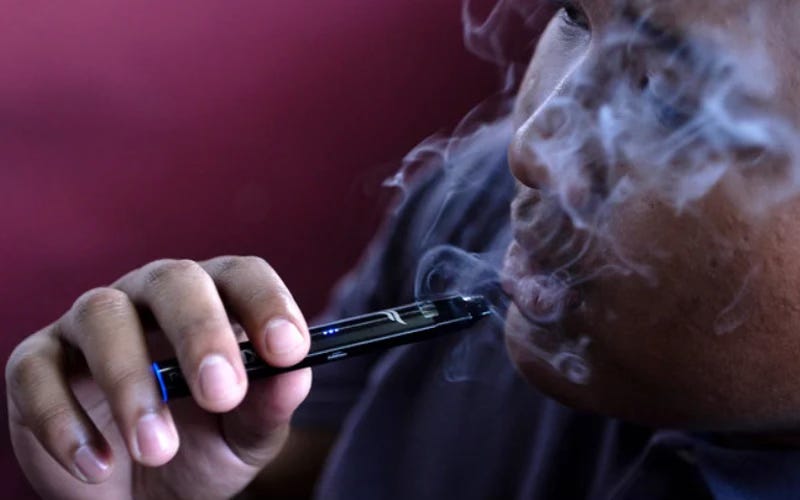
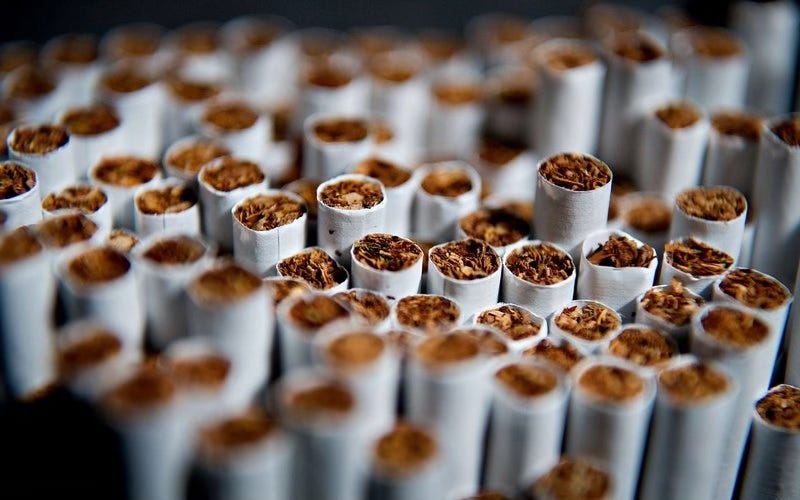
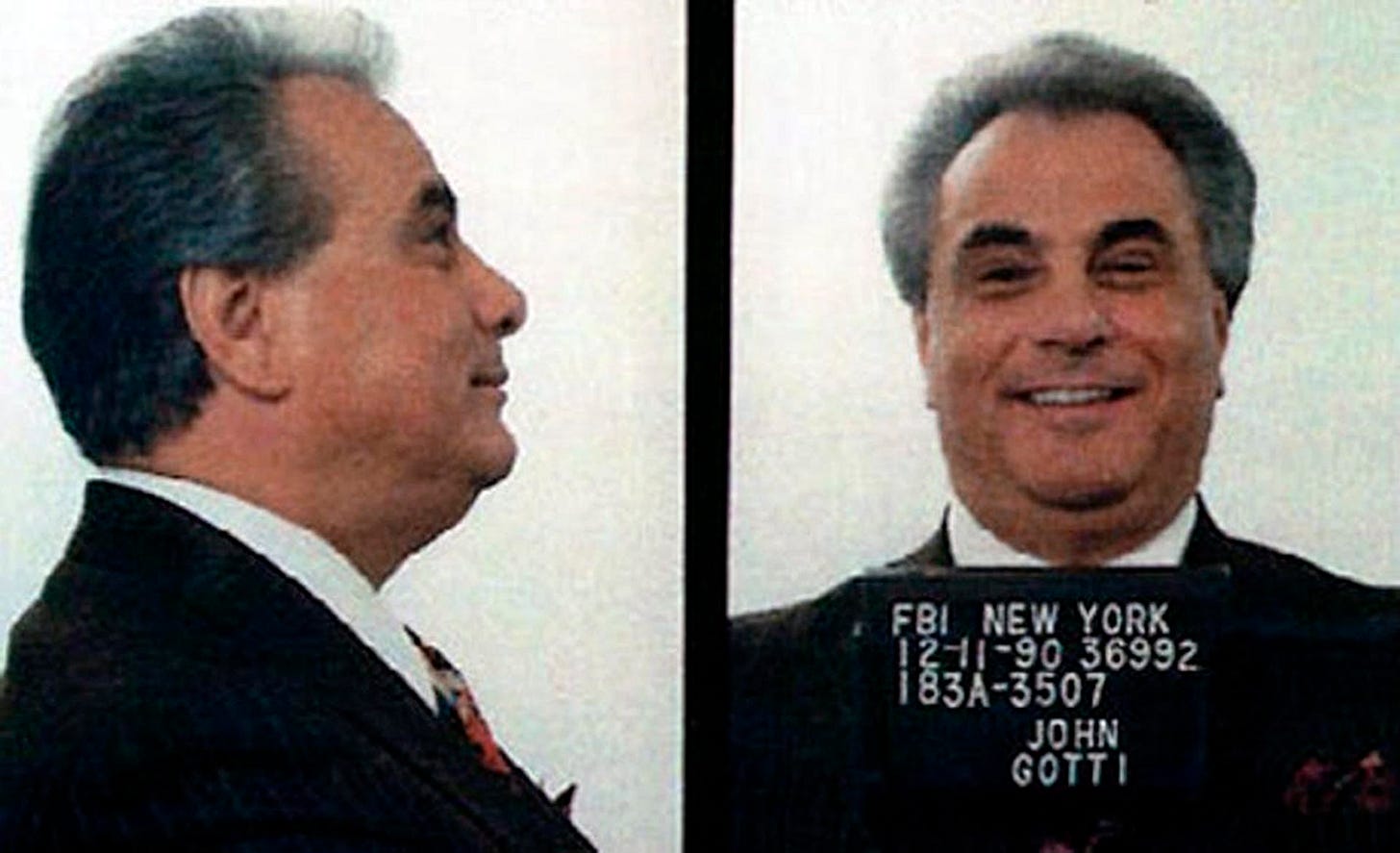
Great article, Ray.